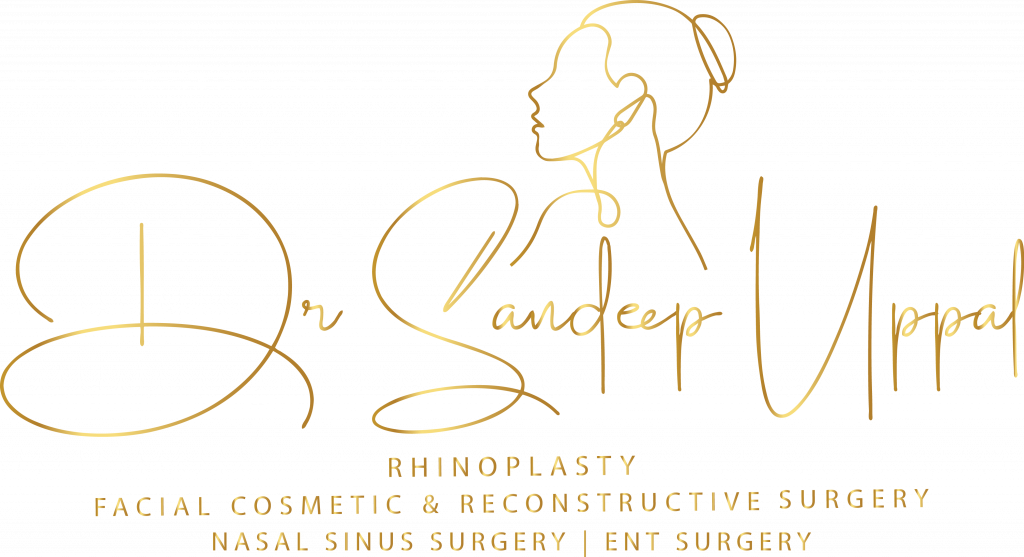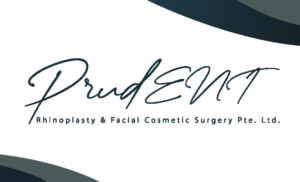UNDERSTANDING RHINOPLASTY
Every year, thousands of people who are interested in improving the appearance of their noses seek consultation with facial plastic surgeons. Some are unhappy with the noses they were born with, and some with the way aging has changed their nose. For others, an injury may have distorted the nose, or the goal may be improved breathing. But one thing is clear: nothing has a greater impact on how a person looks than the size and shape of the nose. Because the nose is the most defining characteristic of the face, a slight alteration can greatly improve one’s appearance.
If you have wondered how nose surgery (rhinoplasty) could improve your looks, self-confidence, or health, you need to know how rhinoplasty is performed and what you can expect. No pamphlet can answer all your concerns, but this one can provide answers to many of the questions you may have.
Successful facial plastic surgery is a result of good rapport between client and surgeon. Trust, based on realistic expectations and exacting medical expertise, develops in the consulting stages before surgery. Your surgeon can answer specific questions about your specific needs.
IS RHINOPLASTY FOR YOU?
As with all facial plastic surgery, good health and realistic expectations are prerequisites. Understanding nasal surgery is also critical. Since there is no ideal in rhinoplasty, the goal is to improve the nose aesthetically, making it harmonize better with other facial features.
Skin type, ethnic background, and age are important factors to be considered in discussions with your surgeon prior to surgery. Before the nose is altered, a young client must reach full growth, usually around age fifteen or sixteen. Exceptions are cases in which breathing is severely impaired.
Before deciding on rhinoplasty, ask your facial plastic surgeon if any additional surgery might be recommended to enhance the appearance of you face. Many clients have chin augmentation in conjunction with rhinoplasty to create a better balance of features.
MAKING THE DECISION FOR RHINOPLASTY
Whether the surgery is for functional or cosmetic reasons, your choice of a qualified facial plastic surgeon is of paramount importance. Facial Plastic Surgeons are trained in ear, nose, throat, and facial cosmetic surgery, which provides you, the client, with the highest level of training and ability. Your surgeon will examine the structure of your nose, both externally and internally, to evaluate what you can expect from rhinoplasty. You are most likely to be pleased with the results of your surgery if you have a realistic idea of what nasal surgery can and cannot do.
You can expect a thorough explanation of the surgeon’s expectations and the risks involved in surgery. Following a joint decision by you and your surgeon to proceed with rhinoplasty, the surgeon will take photographs of you and discuss the options available. Your surgeon will explain how the nasal structures, including bone and cartilage, can be sculpted to reshape the nose and indicate how reshaping the chin, for example, could enhance the desired results.
After conducting a thorough medical history, your surgeon will offer information regarding anesthesia, and the costs for the procedure.
UNDERSTANDING THE SURGERY
The definition of rhinoplasty is, shaping the nose. First, incisions are made and the bone and cartilage support system of the nose is accessed. The majority of incisions are made inside the nose, where they are invisible. In some cases, a small incision is made in the area of skin separating the nostrils. Next, certain amounts of underlying bone and cartilage are removed, added to, or rearranged to provide a newly shaped structure. For example, when the tip of the nose is too large, the surgeon can sculpt the cartilage in this area to reduce it in size. The angle of the nose in relation to the upper lip can be altered for a more youthful look or to correct a distortion.
The tissues are then redraped over the new frame and the incisions are closed. A splint is applied to the outside of the nose to help retain the new shape while the nose heals. Soft, absorbents material may be used inside the nose to maintain stability along the dividing wall of the air passages called the septum. Alternatively, soft nasal supports that permit nasal breathing post operatively can be placed. Risk factors in rhinoplasty are generally minor, and your facial plastic surgeon will discuss these prior to surgery.
WHAT TO EXPECT AFTER THE SURGERY
Immediately after surgery, a small splint will be placed on your nose to protect it and to keep the structure stable for at least ten days. If packing is placed inside the nose during surgery, it is removed the morning following the surgery. Your face will feel puffy, especially the first day after surgery. Pain medication may be required. Your surgeon will advise you to avoid blowing your nose for seven days after surgery. In the immediate days following surgery, you may experience bruising and minor swelling in the eye area. Cold compresses often reduce the bruising and discomfort. Absorbable sutures that do not need to be removed are usually used. Nasal dressing and splints are usually removed ten days after surgery.
It is crucial that you follow your surgeon’s directions, especially instructions to keep your head elevated for a certain period after surgery. Some activities will be prohibited in the weeks after the procedure. Sun exposure, exertion, and risk of injury must be avoided. If you wear glasses, special arrangements must be made to ensure that the glasses do not rest on the bridge of the nose. Tape and other devices are sometimes used to permit wearing glasses without stressing the area where the surgery was performed.
Follow up care is vital for this procedure to monitor healing. Obviously, anything unusual should be reported to your surgeon immediately. It is essential that you keep you follow up appointments with your surgeon.
Insurance does not generally cover surgery that is purely for cosmetic reasons. Surgery to correct or improve nasal function or surgery for major deformity or injury may be reimbursable in whole or in part. It is the client’s responsibility to check with the insurance carrier for information on the degree of coverage.
BOOST YOUR SELF-ASSURANCE WITH PREMIER RHINOPLASTY EXPERTISE!
Commence your path to the silhouette you have envisioned with our distinguished rhinoplasty services. Helmed by the esteemed Dr Sandeep Uppal, our approach integrates scrupulous surgical methods with a keen eye for aesthetics, ensuring a nasal structure that complements your distinct facial traits.
Dr Sandeep’s rhinoplasty not only enhances visual appeal but also meticulously considers functional integrity. Whether your goal is to refine your appearance, augment breathing capabilities, or bolster self-esteem, our commitment is to provide a smooth, bespoke experience.
Your aspirations, coupled with our ability, will reveal the essence of your intrinsic allure. Hesitate no longer in pursuing the enhanced version of yourself. Reach out to us now to arrange a detailed consultation, where we will fashion a rhinoplasty plan as unique as you. The first step towards elegance and renewed confidence starts with us!
Connect to our appointment scheduling platform and WhatsApp.


